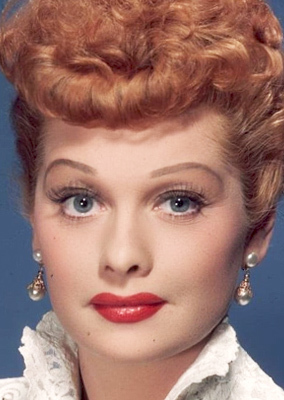

On shows in which teenagers were contestants, players wore sweatshirts of their team color ( green for the challengers & red for the champions). Near the end of the run, celebrities' nametags were now star-shaped. Starting with the third show, championship teams wore red name tags while challenging teams continued wearing green name tags. The winnings limit was later increased to $50,000 in November 1984.įor the first two shows, all contestants & celebrities wore green nametags. In September 1984, this was modified so champs could stay until they won six games or lost twice. Originally, champs played until they lost once, won five games or reached CBS's winnings limit of $25,000. When the pilot became a series, some parts of the set (the scoreboard, the doors and the puzzleboard frame) were given a new paint job and changed color from green to blue. In addition, all parts of the set were white & green. In this half, however, illegal clues not only disqualified a word, but also ended the round. If not, the contestant kept the money won in the first half. If successful, the contestant's winnings were multiplied by ten, for a maximum of $10,000. After the first half of the bonus round, the team played the second half in which three words had to be guessed in 20 seconds or less. Unlike the main game, illegal clues disqualified that word, and Tom went over the words missed after the time was up. Like the main rounds, only the clue-giver could pass on a word, but could come back to it if time permitted, and like the main game, if words were guessed after being passed, they needed to be returned to and guessed again to count. Originally the winning celebrity gave the clues, but starting in the summer of '85, the winning civilian decided whether to give or to receive (most civilians decided to give). The team had 60 seconds to guess as many of ten words and/or phrases as they could. Contestants again took turns revealing a chosen blank and guessing the puzzle until one guessed correctly, won the extra $250 and the game. The champion player was given the choice to start or have the challenger start. If after the fourth puzzle neither team reached $500, a playoff puzzle was played with no acting. The first team to reach $500 won the game and advanced to the bonus round. In the second round, the roles were reversed, and each puzzle was worth $250 starting in 1985 and continuing towards the end of the run, getting all five words awarded a cash bonus of $500 (bonus prize in case of teen contestants) which did not count towards the final score.

If they failed to solve the puzzle, the puzzle was thrown out and the value of that puzzle carried over to the next puzzle. If neither one had solved it after all seven blanks were filled in, the celebrities were each given a guess. The two contestants alternated revealing blanks and making guesses until one got the correct answer and won the puzzle. If not, the opponent was called over to choose a blank to reveal and then make a guess. Whatever blanks whose acted words the contestant had managed to guess were then filled in, and the player won $100 if he/she could guess what the puzzle was describing. After over a month on the air and to avoid confusion, parentheses appeared around two missing words which indicated that those words were unacted. The puzzle was a sentence or question with seven numbered blanks. Should an actor violate any of the said rules above or even give away the word itself, the opposing contestant got first chance at the puzzle using the words said by the first player. Once time ran out or all five words or phrases had been guessed, the contestant was shown a puzzle. They could pass on any words they wished and come back if time remained (a la Pyramid 2002, if a word was guessed after being passed, it wouldn't count until it was returned to and guessed then). Actors could not talk, make sounds or use props, including clothing. Contestants had 60 seconds to guess as many of five words/phrases/names as they could. Teams played separately, with one player standing behind a podium, and the other in the acting area in front of it. The gameplay centered around the party game charades, but contestants also had to solve word puzzles to win money. The show pitted two teams against each other, each consisting of a contestant and a celebrity guest.


 0 kommentar(er)
0 kommentar(er)
